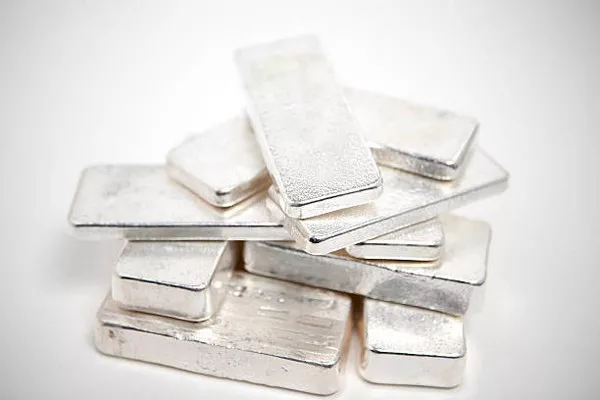In the world of fine jewelry and silverware, Italian silver stands out as a symbol of quality, tradition, and exquisite craftsmanship. With its rich history dating back centuries, Italian silver has captivated connoisseurs and collectors alike. This article aims to delve into the intricacies of Italian silver, exploring its definition, composition, craftsmanship, and its distinctiveness compared to other types of silver. Additionally, we will discuss the factors contributing to its premium pricing, offer guidance on care and maintenance, and provide tips for authenticating Italian silver pieces.
Definition and Composition
Italian silver refers to silverware and jewelry crafted in Italy, renowned for its exceptional purity and quality. At the heart of Italian silver lies its composition, typically marked by the “925” hallmark. This hallmark indicates that the silver alloy contains 92.5% pure silver, with the remaining 7.5% often comprising other metals such as copper or zinc. This blend enhances the durability and strength of the silver, making it suitable for intricate designs and enduring wear.
Craftsmanship
The hallmark of Italian silver is not only its composition but also the unparalleled craftsmanship imbued into each piece. Italian silversmiths boast a legacy of mastery passed down through generations, blending traditional techniques with contemporary innovation. Their skill and attention to detail result in exquisite designs that exude elegance and sophistication. Whether it’s delicate filigree work or bold statement pieces, Italian silver reflects the artistry and dedication of its makers.
Comparison with Other Types of Silver
While Italian silver shares similarities with other types of silver such as sterling silver and Argentium silver, it possesses distinctive qualities that set it apart. Sterling silver, for instance, also contains 92.5% pure silver but may lack the finesse and refinement characteristic of Italian silver. Argentium silver, known for its tarnish resistance, offers a modern alternative, yet it may not match the timeless allure of Italian silver. Italian silver, with its blend of purity, craftsmanship, and heritage, remains a benchmark of excellence in the silver industry.
Price Justification
The allure of Italian silver comes at a price, but one that is justified by its quality, durability, and artisanal value. The meticulous craftsmanship and superior materials command a premium, reflecting the expertise and tradition embedded in each piece. Furthermore, Italian silver jewelry and silverware are not merely accessories but investments in timeless beauty and heirloom-worthy treasures. The intrinsic value of Italian silver transcends trends, making it a worthy investment for discerning buyers.
Care and Maintenance
To preserve the luster and longevity of Italian silver, proper care and maintenance are essential. Regular cleaning with a soft cloth and mild detergent can remove dirt and oils that dull its shine. Avoid harsh chemicals and abrasive cleaners that can damage the surface of the silver. Additionally, storing Italian silver in airtight containers or anti-tarnish bags can prevent tarnishing and oxidation. With proper care, Italian silver jewelry and silverware can maintain their brilliance for generations to come.
Authenticity Verification
Ensuring the authenticity of Italian silver is paramount for buyers seeking genuine craftsmanship and quality. One of the most reliable indicators is the presence of the “925” hallmark, which guarantees the silver’s purity. Additionally, look for the “Made in Italy” ensign, which certifies that the piece was crafted in Italy according to stringent quality standards. When purchasing Italian silver, reputable retailers and artisans can provide authenticity certificates and guarantees, offering peace of mind to consumers.
Visual and Tactile Examination
When examining Italian silver, both visual and tactile cues can reveal its authenticity and craftsmanship. Genuine Italian silver often exhibits intricate detailing and precision in design, with smooth edges and consistent finishes. Run your fingers along the surface to feel for any roughness or irregularities, which may indicate inferior quality or craftsmanship. Pay attention to the weight and heft of the piece, as quality Italian silver tends to have a substantial feel and presence.
See Also Why Silver Costs More Than the Spot Price
Conclusion
Italian silver represents the epitome of elegance, quality, and craftsmanship in the world of fine jewelry and silverware. From its impeccable composition to its exquisite designs, Italian silver continues to captivate enthusiasts and collectors worldwide. By understanding its defining characteristics, appreciating its rich heritage, and investing in proper care and authentication, aficionados can unlock the enduring beauty and value of Italian silver for generations to come.


